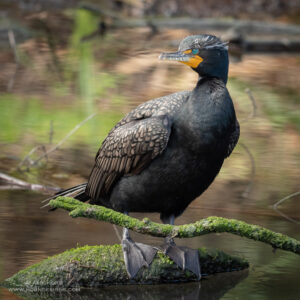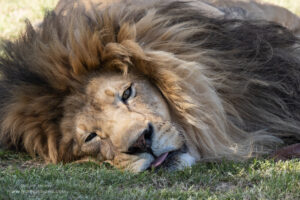Photography is like any other hobby – to improve you need to practice and this is especially true with wildlife photography. To practice my wildlife photography, I love to visit local ponds and zoos in my area. After all, I’m not much of a tracker, so I go where it is easy to find the animals. That way I can practice camera settings, technique, and composition to prepare for when I see animals in the wild. Fortunately, there are several ponds near my house with a variety of waterfowl and birds to practice photographing.
My Gear
Along with my camera, I pack a long lens (100-500mm range). My favorite Olympus lenses are the 300mm f/4 and the 40-150mm with a 1.4x extender. If I am photographing at a zoo through fences, I prefer the 300mm. Longer focal lengths eliminate the fence better. My gear is in my hand, or my backpack and I make sure to include extra camera batteries, memory card, water, and snacks. Sometimes I will use a monopod, but not if there are a lot of people around.
My Settings
Setting the shutter speed correctly is crucial in wildlife photography. Generally, you have two options – a fast shutter to stop the action (like wings in flight) and the shutter speed should be at least 1/2000 sec. The second option is a slower shutter speed for panning shots. Panning requires a little more practice and the shutter speed changes depending on the speed of your subject. For example, 1/30, 1/60, 1/125 sec are shutter speeds I have used on wildlife. So, once you decide on the vision of your photo, set the shutter speed.
Focus is most often in continuous and either a single spot or a small group of spots. Birds flying in the air are easier to focus on using multiple spots. But to focus on a bear’s eye, the single spot is best. Get eye level with the animal to capture the strongest possible image. Below are a few images from zoos, ponds and my backyard.
Next time you have the opportunity – go out and practice!





